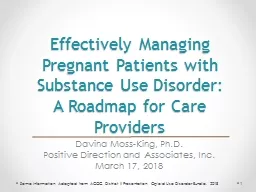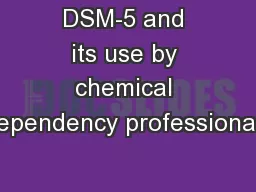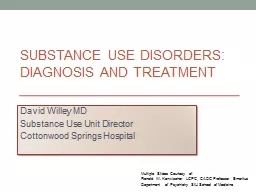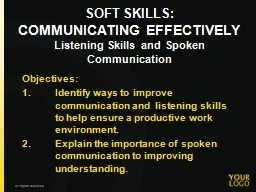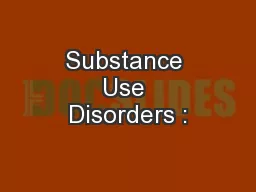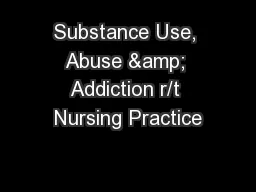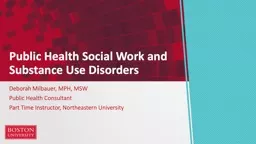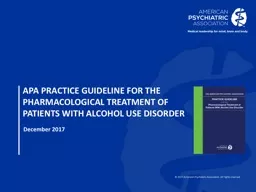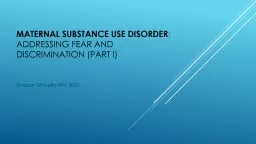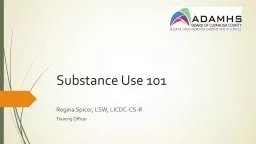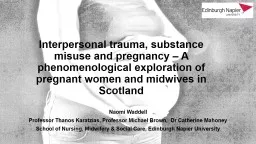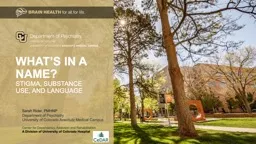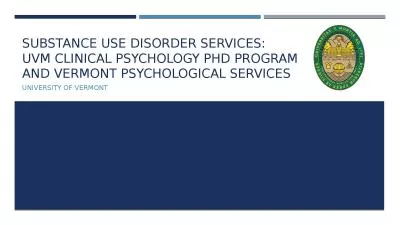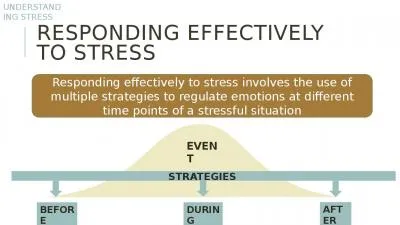PPT-Effectively Managing Pregnant Patients with Substance Use Disorder:
Author : stefany-barnette | Published Date : 2018-10-13
A Roadmap for Care Providers Davina MossKing PhD Positive Direction and Associates Inc March 17 2018 1 Some Information Adapted from ACOG District II Presentation
Presentation Embed Code
Download Presentation
Download Presentation The PPT/PDF document "Effectively Managing Pregnant Patients w..." is the property of its rightful owner. Permission is granted to download and print the materials on this website for personal, non-commercial use only, and to display it on your personal computer provided you do not modify the materials and that you retain all copyright notices contained in the materials. By downloading content from our website, you accept the terms of this agreement.
Effectively Managing Pregnant Patients with Substance Use Disorder:: Transcript
Download Rules Of Document
"Effectively Managing Pregnant Patients with Substance Use Disorder:"The content belongs to its owner. You may download and print it for personal use, without modification, and keep all copyright notices. By downloading, you agree to these terms.
Related Documents

